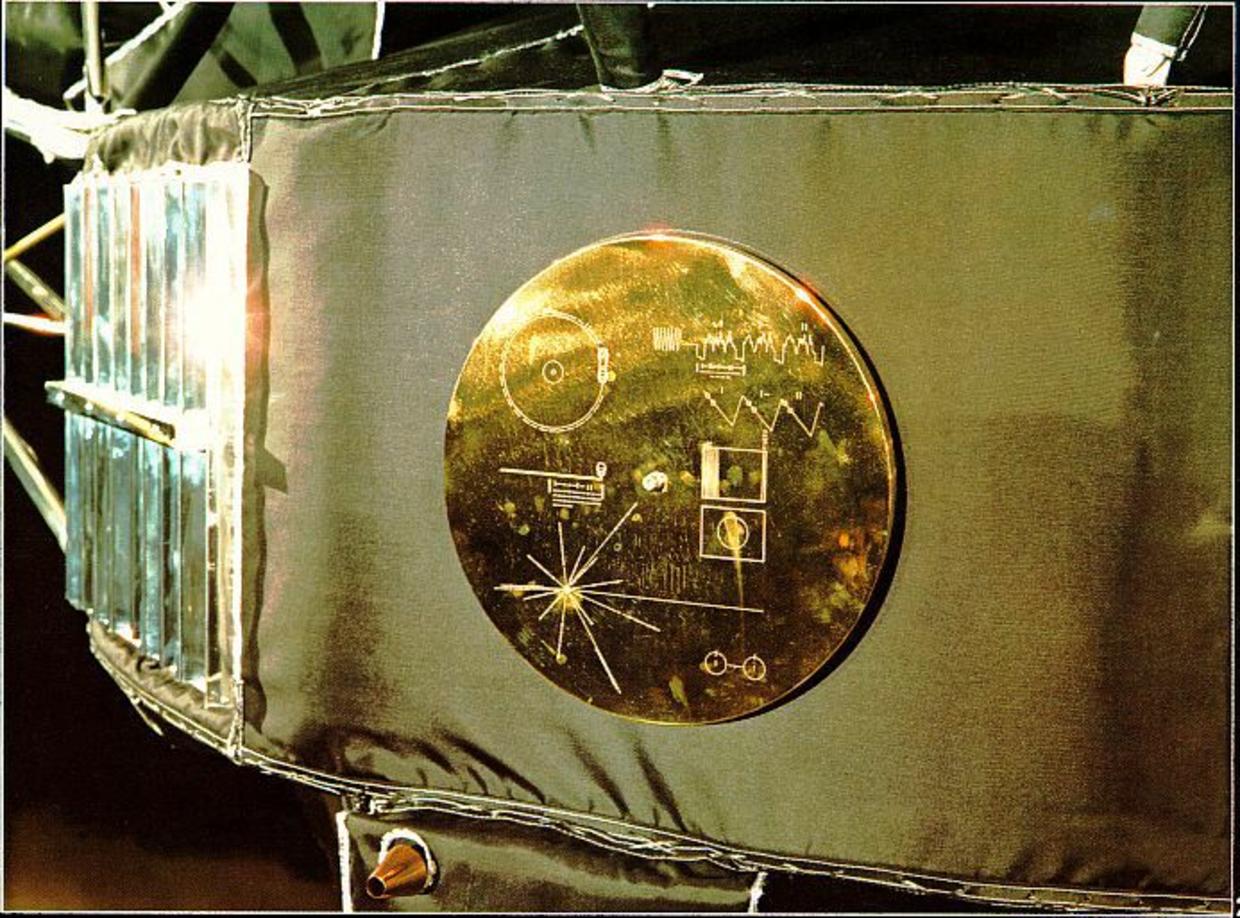
There’s a reason whales were included with the greetings rather than the other animal noises on the record-it was the committee’s way of acknowledging that humans aren’t the only intelligent life on Earth. Interspersed between the spoken audio clips are the sounds of singing humpback whales. The greetings section of the record features one language that doesn’t belong to humans. Please come here to visit when you have time." 4. Translated to English, it says: "Hope everyone's well. Most are straightforward, but the Mandarin message includes an invitation. The Voyager project recorded UN delegates from around the world saying greetings in 54 different languages. Carl Sagan responded by saying, “There are a lot of adolescents on the planet.” 3. Critics claimed rock n’ roll was too adolescent for a project of such significance. Though there are many musical compositions on the Voyager Golden Record, the inclusion of “Johnny B. 13, Opus 130, is also included on the track list. In addition to his Fifth Symphony, the composer’s String Quartet No. Ludwig van Beethoven is one of many classical artists representing the music of Earth on the Voyager record.

Here are some pieces of media that were chosen to represent our planet.

If extraterrestrials can use the instructions engraved on the disc's cover to access its contents, they’ll be exposed to animal noises, classical music, and photographs of people from around the world. The records on board contain media selected by a committee chaired by scientist Carl Sagan. The purpose of NASA’s Voyager mission is to illustrate life on Earth to any intelligent aliens that come across the spacecraft. They are currently the loneliest human-made objects in the universe-and they may stay that way forever-but they were built to make a connection. The Voyager 1 and 2 probes launched in 1977, and they’ve since traveled billions of miles from Earth.

At this moment, two gold-plated copper records are hurtling through space, speeding beyond our solar system.


 0 kommentar(er)
0 kommentar(er)
